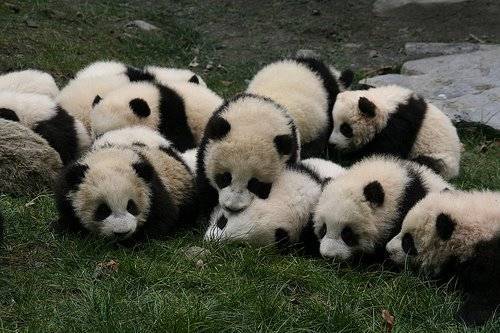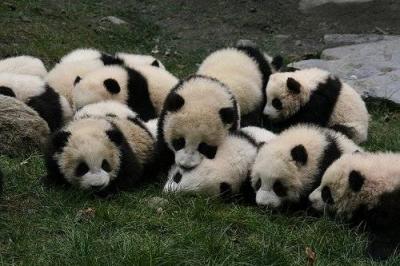An assessment published by the Chinese government this week revealed that animals face a greater risk of extinction in China compared to other countries in the world, as natural environments are threatened by urban expansion and human encroachments.
In an attempt to reverse the environmental damage caused by rapid growth, China has established national parks and nature reserves and implemented an environmental blueprint known as the "red line" plan to protect threatened environments from human activity. Currently, 30 percent of the country's land is designated as protected areas.
However, a large number of species remain at risk due to rapid urban expansion and infrastructure development that destroys natural habitats and exploits wildlife, according to a survey of over 4,300 local species conducted by 213 experts led by the Ministry of Ecology and Environment. The ministry stated in a report published late Monday that "the findings show that the risk of vertebrate extinction in China is much higher than the global average. Extinctions and local extinction events have occurred across all groups of animals."
It added, "Human economic activity has altered land characteristics, resulting in the loss and fragmentation of natural habitats for wildlife and reducing or even eliminating vertebrate populations."
The ministry noted that nearly 30 percent of reptile species in China are threatened, a rate higher than the global average of 21.2 percent. The total number of threatened reptile species has risen to 137, up from 110 in a previous survey conducted in 2004.
At the same time, 176 amphibian species were identified as threatened, rising from 128, which makes up more than 40 percent of the total and also exceeds the global average by a significant margin. China has made some progress, especially with "charismatic" species like the giant panda, whose population has now reached 1,800. The International Union for Conservation of Nature downgraded the giant panda's classification from "endangered" to "vulnerable" in 2021.
The ministry indicated that the total number of threatened mammals has also decreased to 178 species from 223 in 2004, with the classification of five species downgraded from "critically endangered" to "endangered."
Yet, this number still constitutes 26.4 percent of the total assessed and studied species, which is higher than the percentage of threatened mammals on the International Union for Conservation of Nature's global red list, which stood at 21.8 percent in 2014.




